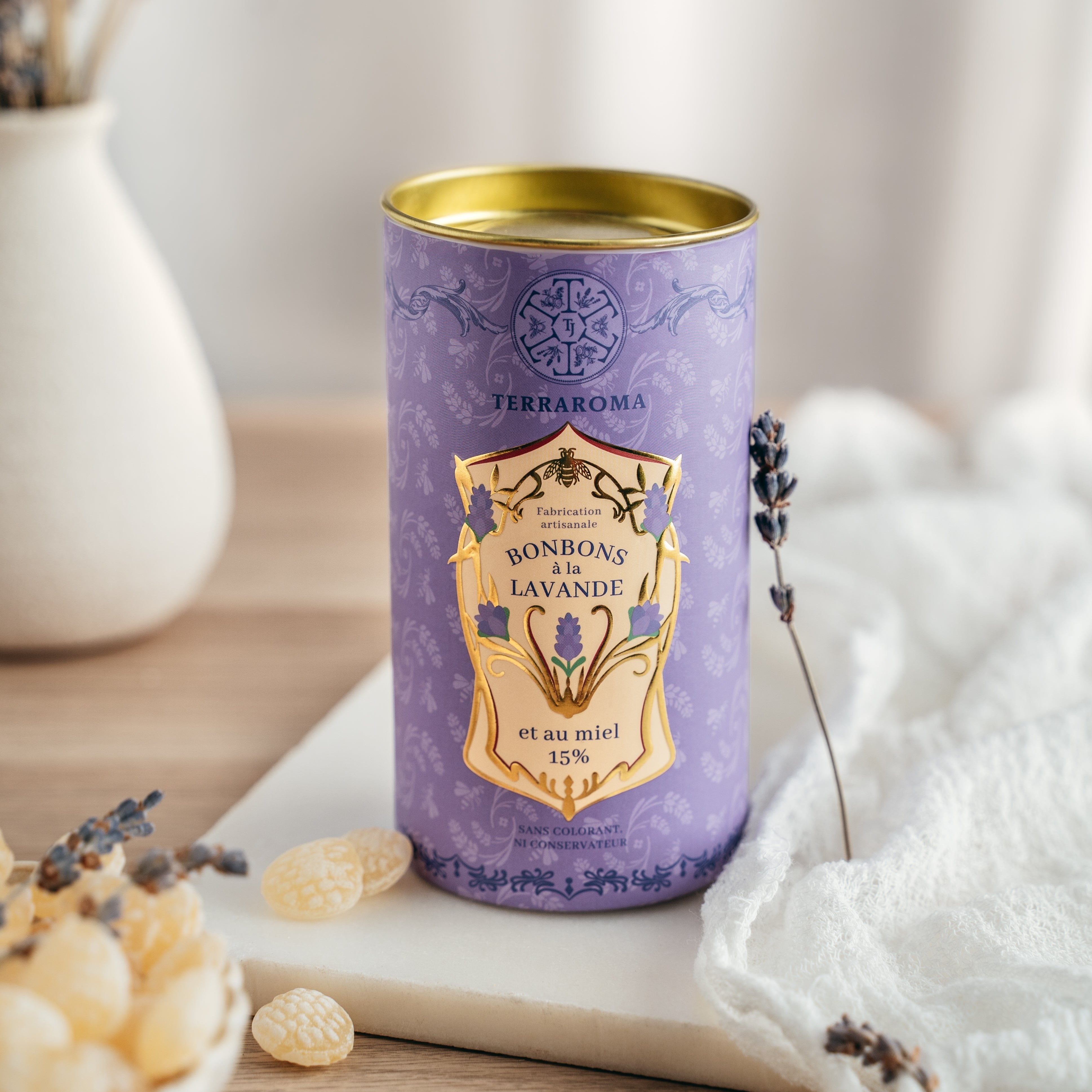Is it possible to consume a product after its expiration date?
On packaging, there are two types of dates that may appear: the expiration date (DLC) and the best before date (DLUO).
The expiration date (DLC) is a strict deadline indicated by the phrase "Consume by..." followed by the day and month. It applies to sensitive foods, often high in moisture, which can become dangerous for health after a certain period.
In contrast, the best before date (DLUO), indicated by the phrase "Best before..." means that once it has passed, the product does not pose a health risk but may have lost some of its qualities, such as taste or texture.
My bag of almonds has lost its vacuum packaging, can I still consume them?
If your bag of almonds has lost its vacuum packaging, it does not mean that the almonds are no longer edible. They remain consumable, although their shelf life may be reduced, as vacuum packaging helps preserve their freshness. Due to their pointed shape, it is possible for the bag to puncture during transport, leading to the loss of the vacuum seal. However, this does not pose any danger, as almonds are a dry product.
How to store my Provence almonds?
To best preserve your Provence almonds, it is recommended to store them in a cool, dry place away from light, ideally in an airtight container. You can keep them at room temperature, but for longer preservation, it is best to place them in the refrigerator or even the freezer. This helps maintain their freshness, crunchiness, and nutritional qualities. Also, make sure to reseal the bag after each use to prevent them from absorbing moisture or surrounding odors.
How to optimally store my essential oil?
To preserve your essential oil optimally, store it in a cool, dry place away from direct sunlight. It's best kept in our amber glass bottle to prevent any degradation caused by UV rays. Make sure to securely close the bottle after each use to limit exposure to air, which could affect the oil's quality over time. Lastly, avoid storing it near heat sources or in humid locations.
Why does honey crystallize?
Honey crystallizes naturally due to its composition, primarily made up of glucose and fructose. This process is entirely normal and depends on the type of honey, its glucose content, and storage conditions. Temperature also plays a role: honey crystallizes faster when stored below 14°C.
Where are the cosmetics made?
The cosmetics are produced in Valensole by a specialized laboratory. They adhere to a strict set of standards and rigorous guidelines. Each product undergoes multiple checkpoints and numerous analyses before being sold, ensuring their quality and safety.
How are partner products selected?
Partner products are primarily sourced from the Provence-Alpes-Côte d'Azur region. They must meet our house quality standards; otherwise, they are not accepted in our stores.
